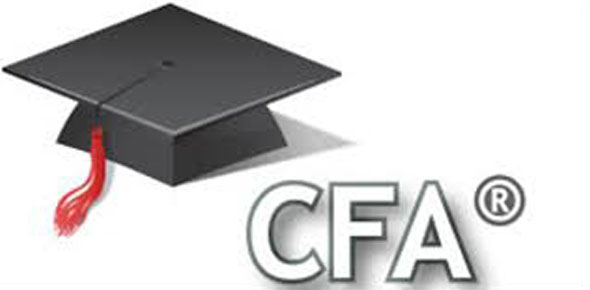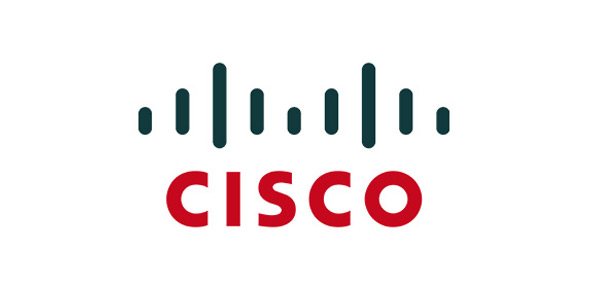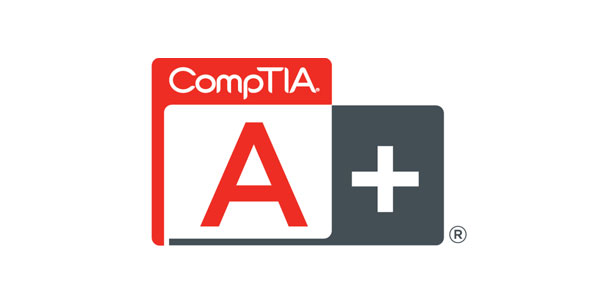Related Flashcards
Cards In This Set
| Front | Back |
|
On January 2, 2010, Farr Co. issued 10-year convertible bonds at 105. During 2012, these bonds were converted into common stock having an aggregate par value equal to the total face amount of the bonds. At conversion, the market price of Farr’s common stock was 50 percent above its par value. On January 2, 2010, cash proceeds from the issuance of the convertible bonds should be reported as
a. paid-in capital for the entire proceeds. b. paid-in capital for the portion of the proceeds attributable to the conversion feature and as a liability for the balance. c. a liability for the face amount of the bonds and paid-in capital for the premium over the face amount. d. a liability for the entire proceeds. |
d. a liability for the
entire proceeds.
|
|
Lang Co. issued bonds with detachable common stock warrants. Only the warrants had a known market value. The sum of the fair value of the warrants and the face amount of the bonds exceeds the cash proceeds. This excess is reported as
a. Discount on Bonds Payable. b. Premium on Bonds Payable. c. Common Stock Subscribed. d. Paid-in Capital in Excess of Par—Stock Warrants. |
a. Discount on Bonds
Payable.
|
|
On January 1, 2010, Sharp Corp. granted an employee an option to purchase 6,000 shares of Sharp's $5 par value common stock at $20 per share. The Black-Scholes option pricing model determines total compensation expense to be $140,000. The option became exercisable on December 31, 2011, after the employee completed two years of service. The market prices of Sharp's stock were as follows:
January 1, 2010 $30 December 31, 2011 50 For 2011, should recognize compensation expense under the fair value method of a. $90,000. b. $30,000. c. $70,000. d. $0. |
c. $70,000.
|
|
On January 2, 2010, for past services, Rosen Corp. granted Nenn Pine, its president, 16,000 stock appreciation rights that are exercisable immediately and expire on
January 2, 2011. On exercise, Nenn is entitled to receive cash for the excess of the market price of the stock on the exercise date over the market price on the grant date. Nenn did not exercise any of the rights during 2010. The market price of Rosen's stock was $30 on January 2, 2010, and $45 on December 31, 2010. As a result of the stock appreciation rights, Rosen should recognize compensation expense for 2010 of a. $0. b. $80,000. c. $240,000. d. $480,000. |
c. $240,000.
|
|
Didde Co. had 300,000 shares of common stock issued and outstanding at December 31, 2010. No common stock was issued during 2011. On January 1, 2011, Didde issued 200,000 shares of nonconvertible preferred stock. During 2011, Didde declared and paid $100,000 cash dividends on the common stock and $80,000 on the preferred stock. Net income for the year ended December 31, 2011 was $620,000. What should be Didde's 2011 earnings per common share?
a. $2.07 b. $1.80 c. $1.73 d. $1.47 |
b. $1.80
|
|
At December 31, 2011 and 2010, Miley Corp. had 180,000 shares of common stock and 10,000 shares of 5%, $100 par value cumulative preferred stock outstanding. No dividends were declared on either the preferred or common stock in 2011 or 2010. Net income for 2011 was $400,000. For 2011, earnings per common share amounted to
a. $2.22. b. $1.94. c. $1.67. d. $1.11. |
b. $1.94.
|
|
Marsh Co. had 2,400,000 shares of common stock outstanding on January 1 and December 31, 2011. In connection with the acquisition of a subsidiary company in June 2010, Marsh is required to issue 100,000 additional shares of its common stock on July 1, 2012, to the former owners of the subsidiary. Marsh paid $200,000 in preferred stock dividends in 2011, and reported net income of $3,400,000 for the year. Marsh's diluted earnings per share for 2011 should be
a. $1.42. b. $1.36. c. $1.33. d. $1.28. |
d. $1.28.
|
|
Foyle, Inc., had 560,000 shares of common stock issued and outstanding at December 31, 2010. On July 1, 2011, an additional 40,000 shares of common stock were issued for cash. Foyle also had unexercised stock options to purchase 32,000 shares of common stock at $15 per share outstanding at the beginning and end of 2011. The average market price of Foyle's common stock was $20 during 2011. What is the number of shares that should be used in computing diluted earnings per share for the year ended December 31, 2011?
a. 580,000 b. 588,000 c. 608,000 d. 612,000 |
b. 588,000
|
|
When computing diluted earnings per share, convertible securities are
a. ignored. b. recognized only if they are dilutive. c. recognized only if they are antidilutive. d. recognized whether they are dilutive or antidilutive. |
b. recognized only if
they are dilutive.
|
|
In determining diluted earnings per share, dividends on nonconvertible cumulative preferred stock should be
a. disregarded. b. added back to net income whether declared or not. c. deducted from net income only if declared. d. deducted from net income whether declared or not. |
d. deducted from net
income whether declared or not.
|
|
The if-converted method of computing earnings per share data assumes conversion of convertible securities as of the
a. beginning of the earliest period reported (or at time of issuance, if later). b. beginning of the earliest period reported (regardless of time of issuance). c. middle of the earliest period reported (regardless of time of issuance). d. ending of the earliest period reported (regardless of time of issuance). |
a. beginning of the
earliest period reported (or at time of issuance, if later).
|






